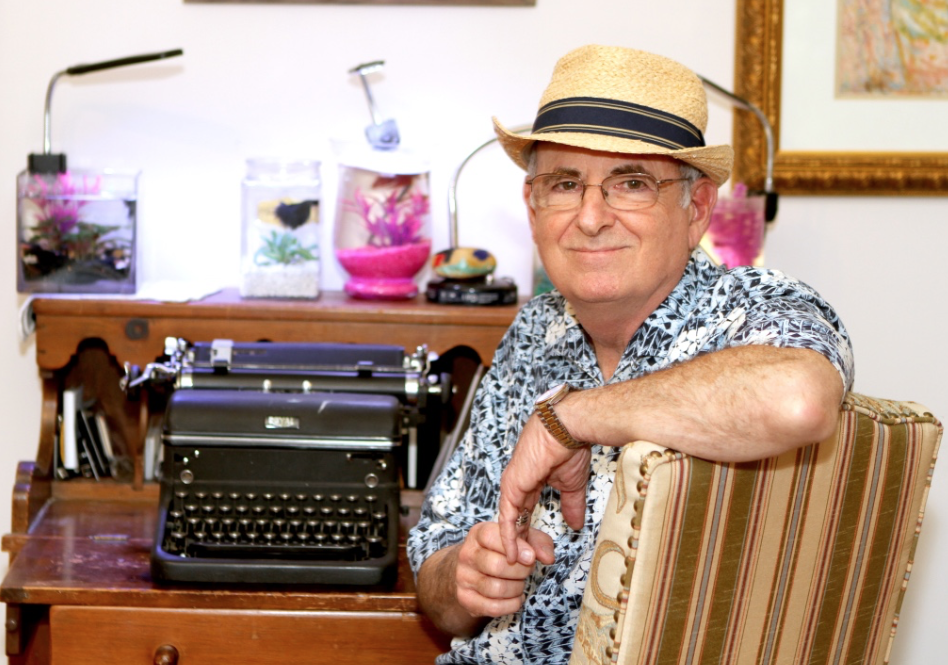Babi Yar redux

Brooklyn has decided to refurbish the Babi Yar Triangle. This is a good thing, albeit puzzling. The site has its own history. It was the site of the Manhattan Beach Hotel and Land Company. In its heyday the hotel was very “high-end.” It attracted upper-class folk to the area as does the Manhattan Beach neighborhood today. The days of glory ended with prohibition. In 1912 it closed.
One wonders, however, how many people who see the memorial know what it is commemorating or even how many people see it at all. Officially known as the Babi Yar Triangle Playground, according to the New York City Parks Department it is part of the Department’s Historical Signs Project. In the 1988 reconstruction of the park, the architects incorporated the memorial. The Star of David is a recognized symbol of the Jewish faith. It is inscribed in the center circle of the park. Its center is a bronze plaque commemorating the slaughter at Babi Yar.
Why is it there and not elsewhere? Brighton Beach has long been a haven for Jews beginning about 1920. During the Soviet Jewry movement, an influx of new immigrants settled there. The Ukrainian Jewish population is represented and at the 1989 ceremony there was Klezmer music (Klezmer is known as Jewish — Easter European — Dixieland). At the rededication, there was a reading of the 1961 poem by Yevgeni Yevtuchenko “Babi Yar. In 2022, the Department tells us that the site was rebuilt with “new play equipment, game tables, and green space for respite and contemplation. Here’s where the “Whoa Nellie” comes in.